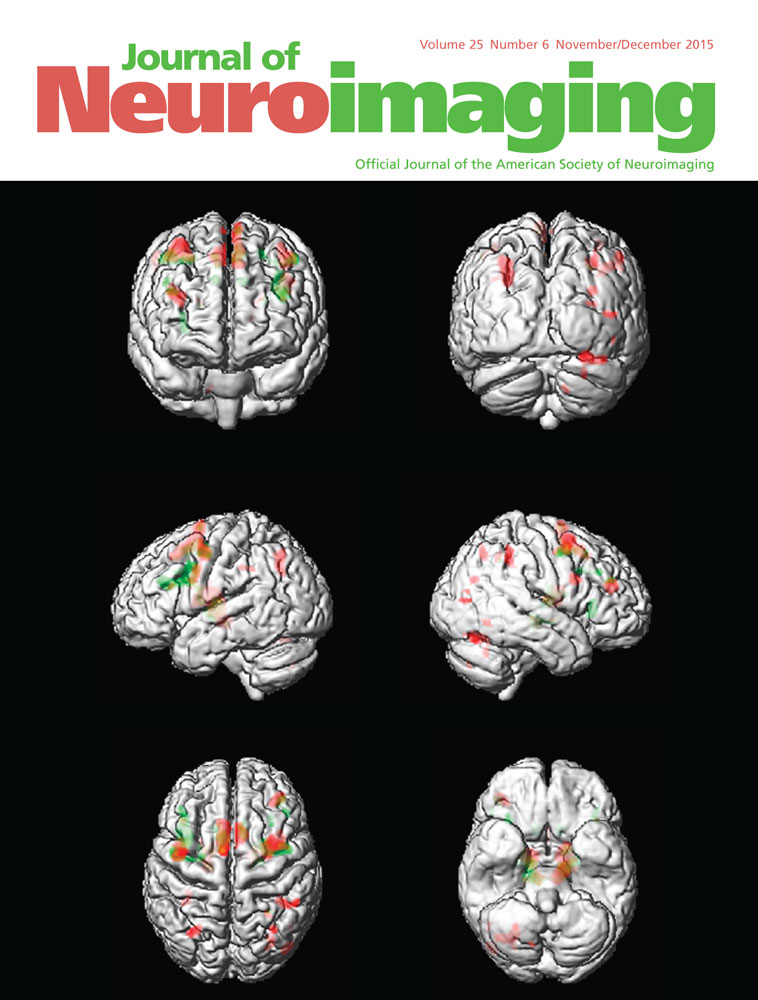Middle Cerebral Artery Residual Contrast Stagnation on Noncontrast CT Scan Following Endovascular Treatment in Acute Ischemic Stroke Patients
Results partially presented at the “International Stroke Conference,” San Diego, CA, Feb 2014.
Conflict of Interest: The authors have no conflicts of interest to disclose.
ABSTRACT
BACKGROUND AND PURPOSE
We evaluated the relationship between middle cerebral artery (MCA) residual contrast stagnation on immediate postprocedural noncontrast CT scan and intraparenchymal hemorrhage (IPH) after endovascular treatment in acute ischemic stroke patients.
METHODS
The clinical and imaging data from patients with acute unilateral MCA M1 occlusion who underwent endovascular treatment over a 3.5-year period were reviewed. Bilateral M1 segments were selected on the first postangiography CT scan, and average attenuation was determined in Hounsfield units (HU); the difference between average HU values was calculated. Postprocedural CT scans were also evaluated for presence of IPH, defined as hyperdensity persisting on follow-up CT scans obtained >24-hours postprocedure.
RESULTS
Of 80 patients included in our series; 10/80 developed IPH on immediate postprocedural CT scan. Patients with IPH had a higher (ipsilateral-contralateral) M1 residual attenuation difference (P < .001). An average ipsilateral M1 attenuation which was ≥5 HU greater than contralateral artery had a 3.8 times increase in relative risk of IPH (95% confidence interval: 2-7.1).
CONCLUSION
On immediate postprocedural noncontrast CT scan of stroke patients with acute MCA M1 occlusion after endovascular treatment, higher residual contrast stagnation in the affected MCA, compared to contralateral artery, is associated with an increased risk of IPH.




